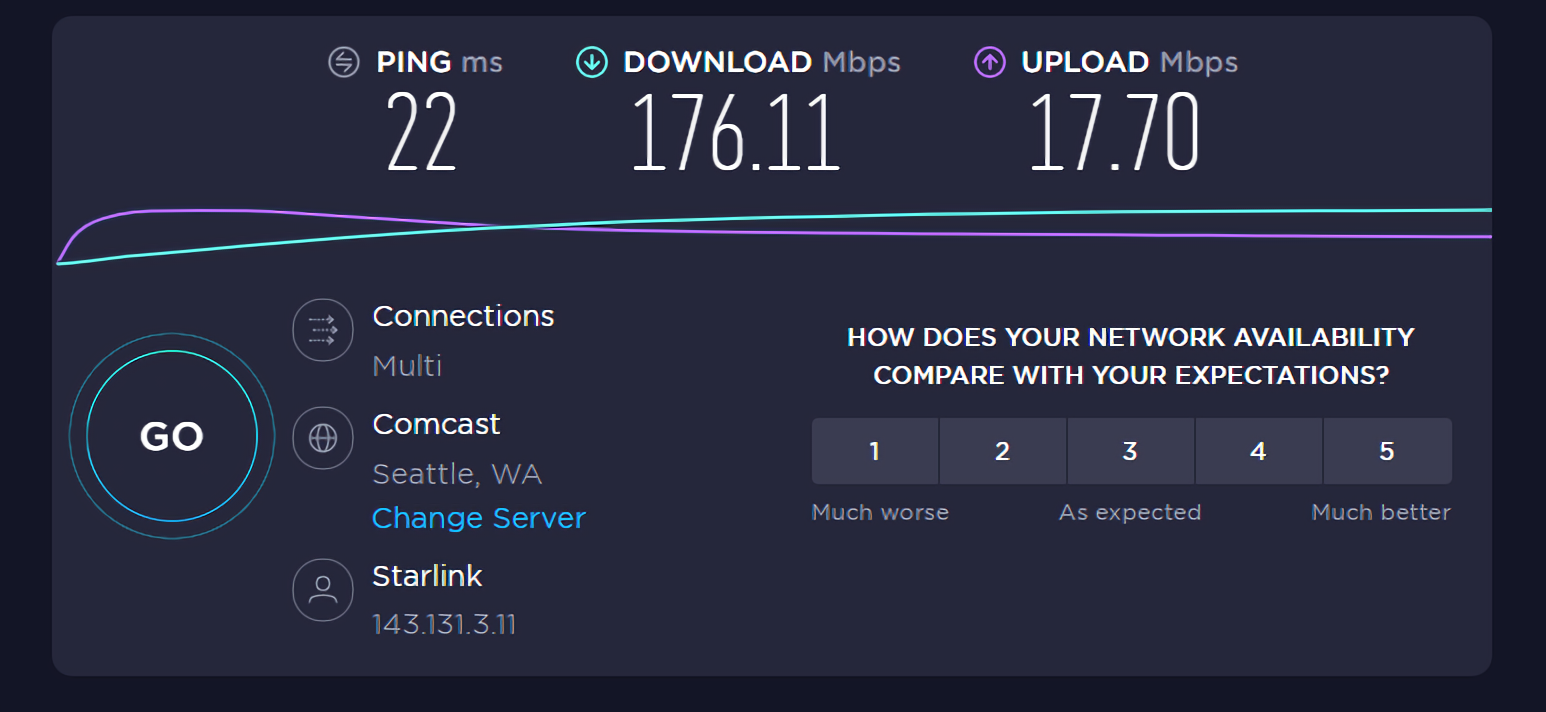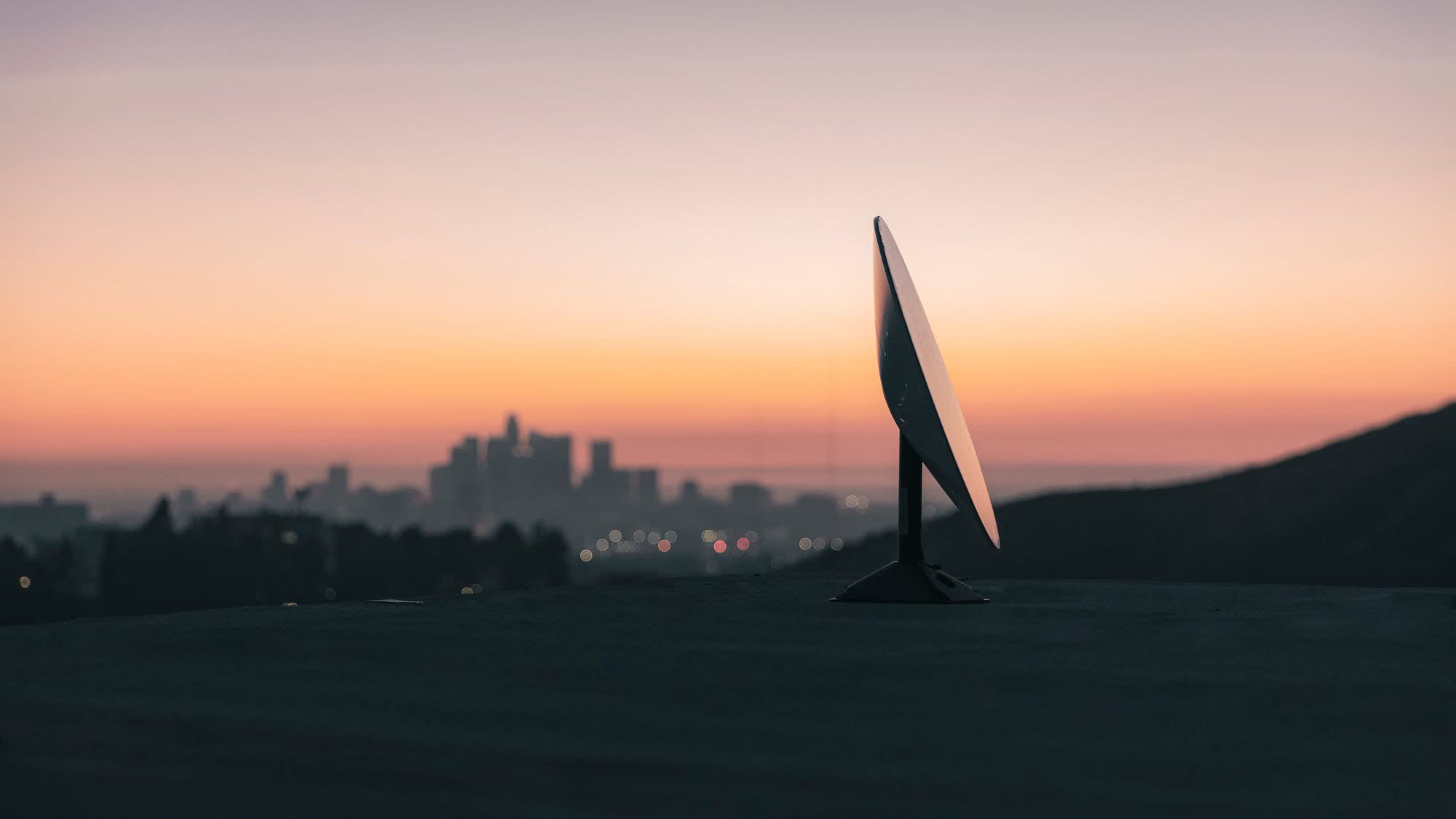Forward-looking: It's still early days to make a definitive judgment on how well Starlink works, but beta testers seem positively impressed with the new satellite internet service so far. For people living in remote areas around the world, this might be what they've been waiting for, provided the company can make it more affordable.
Last month, SpaceX sent out invites to several people who expressed their interest in signing up for Starlink, its nascent satellite internet service. The company said at the time that more than 700,000 people were willing to give it a shot, so it launched the "Better Than Nothing Beta" program for people in Canada and the US.
The biggest question on people's minds has been whether the new service lives up to expectations. Elon Musk promised earlier this year that the installation process was very straightforward and that connection quality would be good enough for competitive gaming, but now the first beta testers are chiming in with their own experiences.

According to some early speed tests done in different locations around the US, users are getting anywhere from 100 to 203 Mbps on downlink and around 15 to 33 Mbps on uplink. Meanwhile, the latency varies between 20 to 45 milliseconds, which is pretty much in line with SpaceX estimates. Upload speeds are still lower than the expected 50 to 150 Mbps, and one user in Idaho reported that connection drops every 2 to 3 minutes in games and video calls are common.
One possible explanation for this could be that Starlink's constellation currently has around 800 satellites, which is a low number compared to the target of 12,000 that SpaceX wants to build.
The bigger problem, however, is the upfront cost of the Starlink terminal, which is $499 as of writing – likely below its actual production cost. Musk says that's one of the biggest hurdles in making the service more affordable for the millions of users around the world who could need it.

Still, some beta testers were pleased with the overall experience. Reddit user Wondering-coder notes that "everything is of an extreme build quality, and this works significantly better than I had ever imagined. It feels like it's from the future. Given a top-tier cell phone costs in the $1,000 range, I am completely amazed I have my hands on a setup like this for ~$500, so I am biased positively towards this service. The antenna itself seems like it should be many thousands of $$$, so I just want to share how fortunate I feel to have access to this."
The beta tester further adds that installing the service is plug-and-play, as the Starlink terminal has a motor system to self-orient for optimal signal reception. As long as the view is not obstructed by trees or other objects and has a wide view of the sky, it should work as advertised. You can find a gallery of pictures from his unboxing here.
